After the Geneva Agreement on the cessation of hostilities in Indochina was signed on July 20, 1954, the North entered a period of historical transition. According to the agreement, within 300 days, the French army had to withdraw from the North and the revolutionary government would take over the temporarily occupied areas. During that journey, Hon Gai - the center of the Quang Ninh Mining Region, was a strategic fulcrum that neither side could ignore. Before the historic morning of April 25, 1955, the people of Hon Gai both worked and produced, while steadfastly defending each street, each selection platform, each meter of mine, not letting this land fall into the enemy's hands again.
The war has not yet stopped
At the end of July 1954, the Geneva Agreement was signed, opening the way for the restoration of peace in Indochina. According to the agreement, the French army was forced to withdraw from Northern Vietnam within 300 days, handing over control to the resistance forces. In the early days of that transition period, in the Quang Ninh Mining Region, the gunfire gradually subsided, but the war was not over.
As early as August 8, 1954, the French army began to withdraw from Hai Ninh and Tien Yen. The wave of retreat gradually spread throughout the Northeast. However, the revolutionary government did not rush in. During the following months, the takeover forces were thoroughly trained, from politics to operations, to ensure that when they took over, they would not cause disruption to people's lives. The grassroots organizations and steering committees quietly consolidated their forces and made detailed action plans. It was a persistent and fierce battle of wits between one side quietly building and the other side frantically destroying.
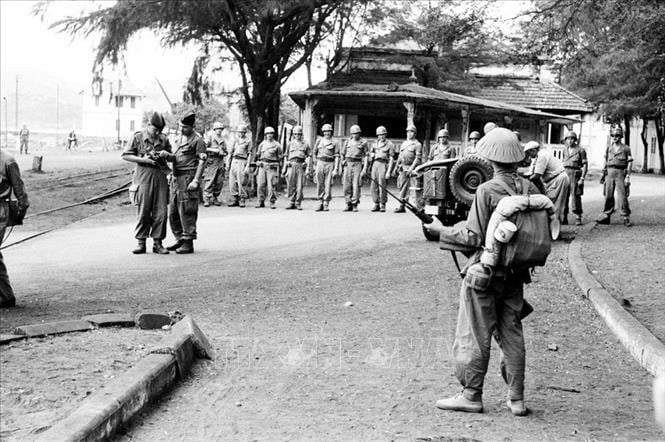
The 300 days of waiting, for the Mining Region, were not a quiet time. The silent footsteps of grassroots cadres, secret shipments of documents, weapon storage bunkers, unnamed lines of communication - all were like an underground network supporting the still smoldering revolutionary fire waiting to flare up. Because in many places, the French troops and their lackeys did not withdraw peacefully.
In Tien Yen, French soldiers burned down more than 100 houses in just one night.
In Van Hoa (now Van Yen commune, Van Don district), they destroyed fortresses, offices, and dams - essential structures for production and people's lives.
In Hai Ninh, machinery was dismantled and water supply lines were cut off. Road and river routes were destroyed, causing serious difficulties for the circulation of goods and travel. France and the United States, along with their lackeys, carried out sabotage, planted spies, and deployed armed reactionary forces under the guise of “militias,” causing panic among the people.
In the western area of Tien Yen, especially Ba Che, the reactionaries organized armed resistance cells, inciting people to sabotage. In the mining and market quarters, miners worked and kept watch. Many sporadic shootings still occurred. Some coastal areas such as Ha Coi and Quan Lan continued to be used as bases to gather people and weapons from the South to sabotage the North. These were not large-scale wars, but they smoldered and were full of loss.
According to the book History of Quang Ninh Provincial Party Committee (Volume 2), in July 1954, just two days after the Agreement took effect, in Dong Trieu - a strategic border area - more than 6,000 people took to the streets to protest, holding high banners: "France - America get out of Indochina". That momentum quickly spread to Mao Khe, Kinh Mon, Chi Linh... signaling the determination to preserve every inch of land, every piece of coal from the enemy's hands. The Hong Quang Regional Party Committee then launched a campaign to protect the revolutionary base, mobilizing secret armed units to stay and stop all plots to seize power.
The revolutionary forces faced a great challenge: to ensure absolute safety for the people, to prevent enemy sabotage, and to prepare carefully in all aspects for the day of takeover. General mobilization orders were issued everywhere. In Cua Ong, Cam Pha, Hon Gai... semi-public security teams organized day and night patrols at the port, the kiln quarter, mines, and communication routes. In religious areas such as Cua Dao (Hong Ha commune, Hon Gai), many families of believers voluntarily participated in the campaign, fought to protect the base, hid resistance cadres, and organized food supplies.

Also during that time, the production-combat emulation movement was launched widely. Miners still went to work, kitchen assistants still kept the fire going, repair and mine rescue teams were still on duty day and night. The "bloodline routes" connecting Dong Trieu, Mao Khe to Cam Pha were still absolutely safe, although there was always a risk of ambush. Many times, our cadres had to disguise themselves as traders, fishermen, and even miners to transport documents, food, and medicine to the base.
The war ended with the last gunshots in the northern mountain range of Cam Pha on March 9, 1955. On that same day, our armed forces secretly took complete control of Cam Pha mine. On April 22, we took over the towns of Quang Yen, Cua Ong, and Cam Pha in a jubilant and bustling atmosphere of the people.
And on April 25, 1955 - in Hon Gai town, the red flag with yellow star flew everywhere on the streets and corners. The last piece of land in Hong Quang area was completely liberated.
Hon Gai is full of red flags with yellow stars
70 years have passed, but for many people in Hon Gai, the memory of April 25, 1955 is still clear. That was the day the army entered the Mining Area, the day the red flag with yellow star fluttered in the sky of the coastal city, the day the whole town of Hon Gai seemed to burst into joy after many months of resistance.
I went to Mr. Dong Duy Hung's house in Hong Gai ward, Ha Long city. Mr. Hung is nearly 80 years old this year, his voice is still hearty, his eyes sparkle as if the image of the past has never faded.
“I was born in 1947, when I took over I was just a student at Le Van Tam School” - Mr. Hung began slowly, “My family used to live on Bai Tu Long Street, right next to Ha Long Bay Street, Hang Noi Street - the center of Hon Gai town at that time. In the days before April 25, 1955, resistance cadres came to take over the base, met with the people, and propagated and mobilized. In the evening, our children's class gathered to learn to sing songs like Dien Bien Liberation, songs praising Uncle Ho…”.
“Early in the morning of April 25, 1955, soldiers entered the center of Hon Gai from all directions. They passed by my house, heading towards the stadium. Red flags with yellow stars were flying everywhere. People poured into the streets, their eyes sparkling. There was no gunfire, no fighting, no shouting. Everything happened in an orderly and peaceful manner,” Mr. Hung recalled.
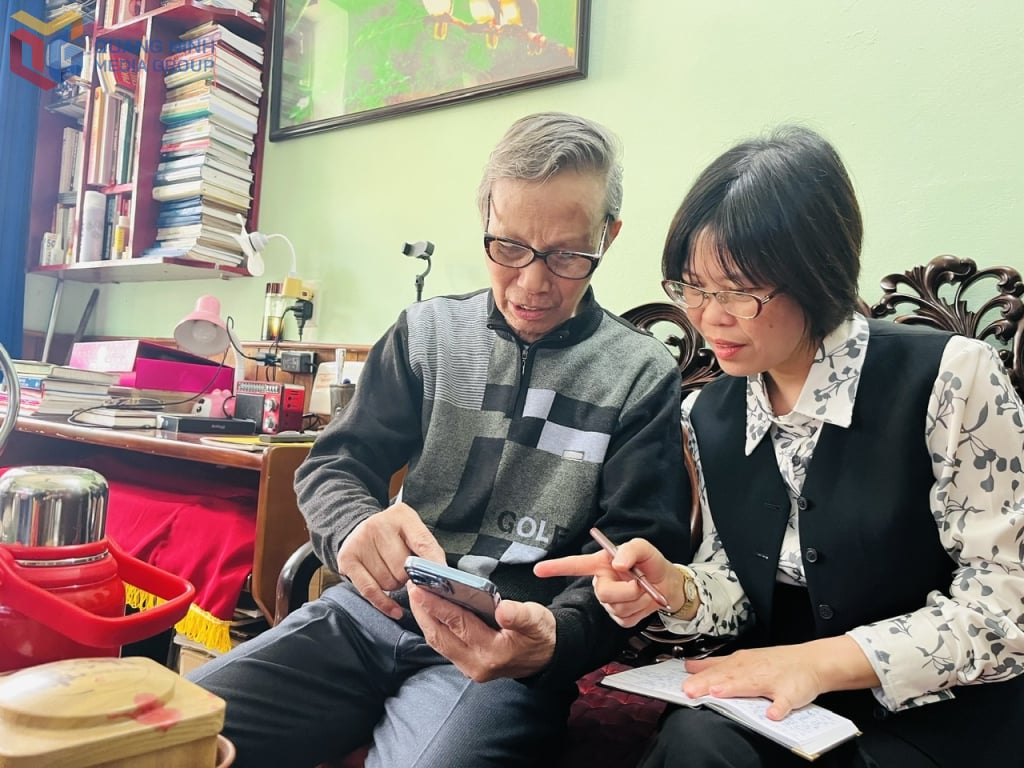
As for Mr. Nguyen Van Quy, born in 1945, also in Hong Gai ward, the memory of April 25th of that year is associated with singing and with children excited about the flag.
“I lived in Cho Street - the busiest place in Hon Gai town at that time. A few months before, I noticed that there were men wearing brown clothes, walking around the street, coming to my house to tell my parents that the French army would withdraw, the North would be liberated. They asked my parents to let me join the children's team, to practice singing to prepare to welcome the troops. Every night, we went to practice singing under the big banyan tree near Bai Tho mountain. We sang all the songs by heart: Liberation of Dien Bien, Happy Soviet People Sing, Songs praising Uncle Ho...”.
“On the morning of April 25, 1955, we were woken up at dawn, dressed in white shirts, blue pants, holding the national flag, and lined up in front of our house. Wherever the soldiers went, we kids ran after them, cheering. When the army approached Bach Dang Theater, I saw a group of artists - uncles and aunts holding hands and dancing excitedly. At that time, we were very poor, but the atmosphere was like a big festival, everyone was happy and excited.”
After the takeover, according to Mr. Quy, Hon Gai gradually stabilized. There was no longer any trace of the French army. Loudspeakers blared from early morning to late at night, playing songs about peace, nation building, dike building, and irrigation. People began to return to production, and revolutionary organizations quickly launched learning and literacy movements.
“I knew how to read and write, so I was later able to join the Popular Education team. Even though I was young, I taught the elderly in the neighborhood to read and write,” Mr. Quy shared.
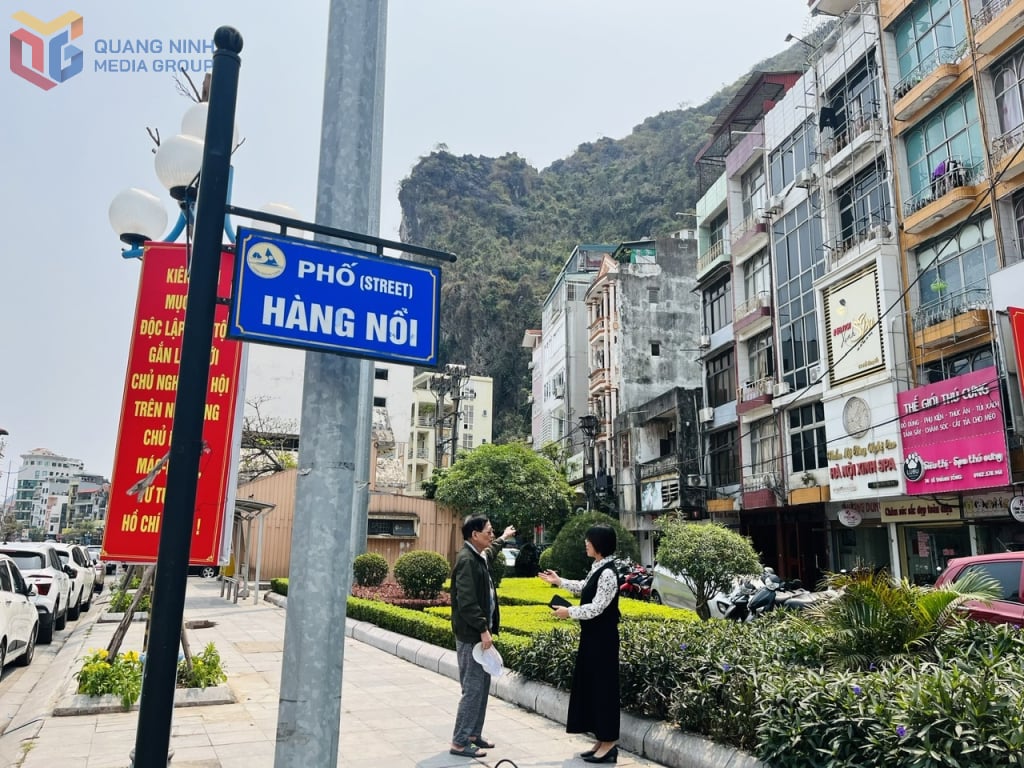
After April 25, 1955, Hon Gai was officially taken over. The French troops withdrew, and the revolutionary government took over the entire area. Security in the mining area was quickly stabilized. The streets, the mines, and the ports returned to normal activities. Revolutionary songs resounded loudly from loudspeakers.
Important production facilities were restored. Power plants, coal mines, mechanical workshops... resumed operations one after another. Workers began working shifts. Mine protection teams were established to guard machinery and warehouses. Police and militia coordinated to maintain order. In the neighborhoods, revolutionary cadres coordinated with the people to establish residential groups, hold meetings, assign production tasks, clean up, and collect remaining weapons. Mass organizations such as the Youth Union, Women's Union, and Trade Union were re-established.
The revolutionary government also organized propaganda classes, disseminated policies, and encouraged people to stay in their homeland with peace of mind. Many families who had prepared to go to the South returned. People rebuilt their houses, repaired roads, and opened markets. A new life began...
The takeover of Hon Gai on April 25, 1955 has passed exactly 70 years. The streets of that day have now become the center of Ha Long city - a class I urban area, a heritage area. The coal ports and mines are now modern industrial parks, bustling tourist areas. But in the hearts of those who witnessed that moment such as Mr. Dong Duy Hung, Mr. Nguyen Van Quy as well as many Hon Gai residents in the past, this place is a living proof of a time of resistance and construction full of hardship and faith. The takeover event is not only a political milestone, but also a turning point that created today's appearance. From a land devastated by bombs and bullets, Hon Gai became the starting point for the journey to build a heroic mining area, a tourist city, a livable land. History has passed, but the spirit of protecting the land, keeping faith, and uniting - is still a value that lasts forever.
Hoang Nhi
Source



![[Photo] Prime Minister Pham Minh Chinh chairs the second meeting of the Steering Committee on private economic development.](https://vphoto.vietnam.vn/thumb/1200x675/vietnam/resource/IMAGE/2025/11/01/1762006716873_dsc-9145-jpg.webp)







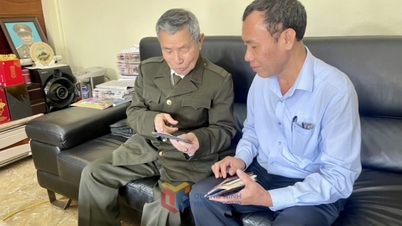








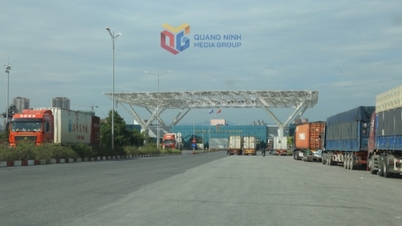
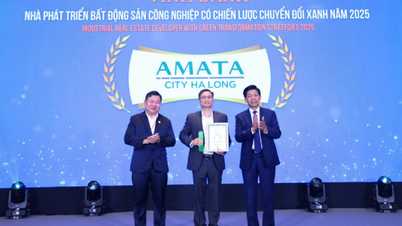




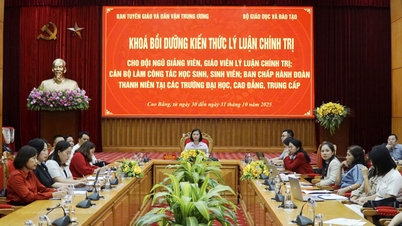
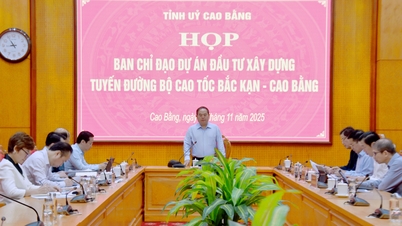
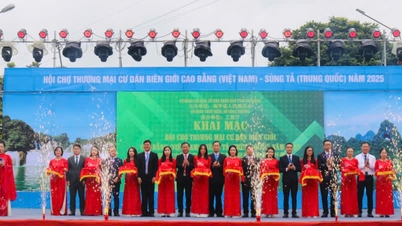

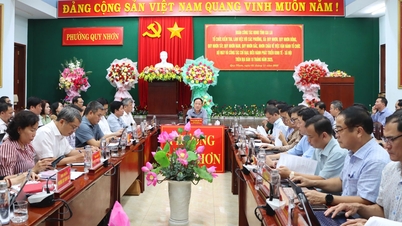
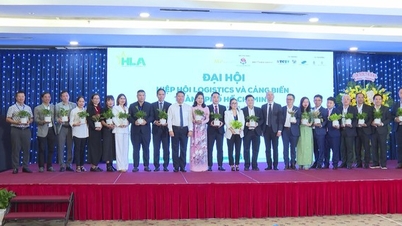





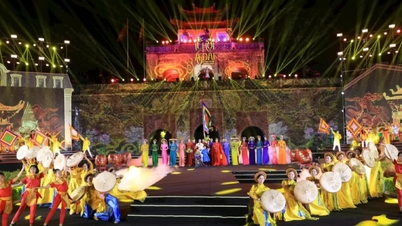

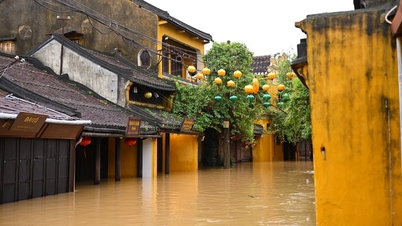














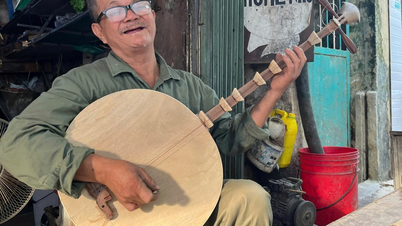

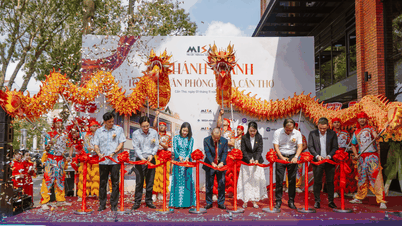


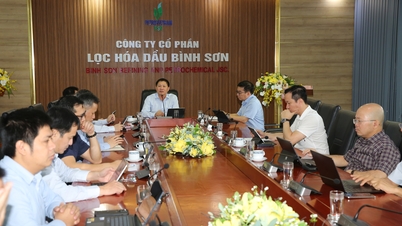
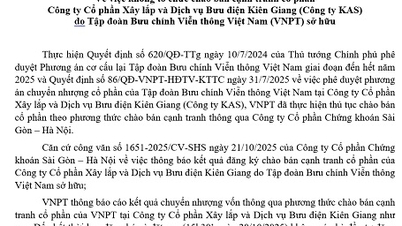



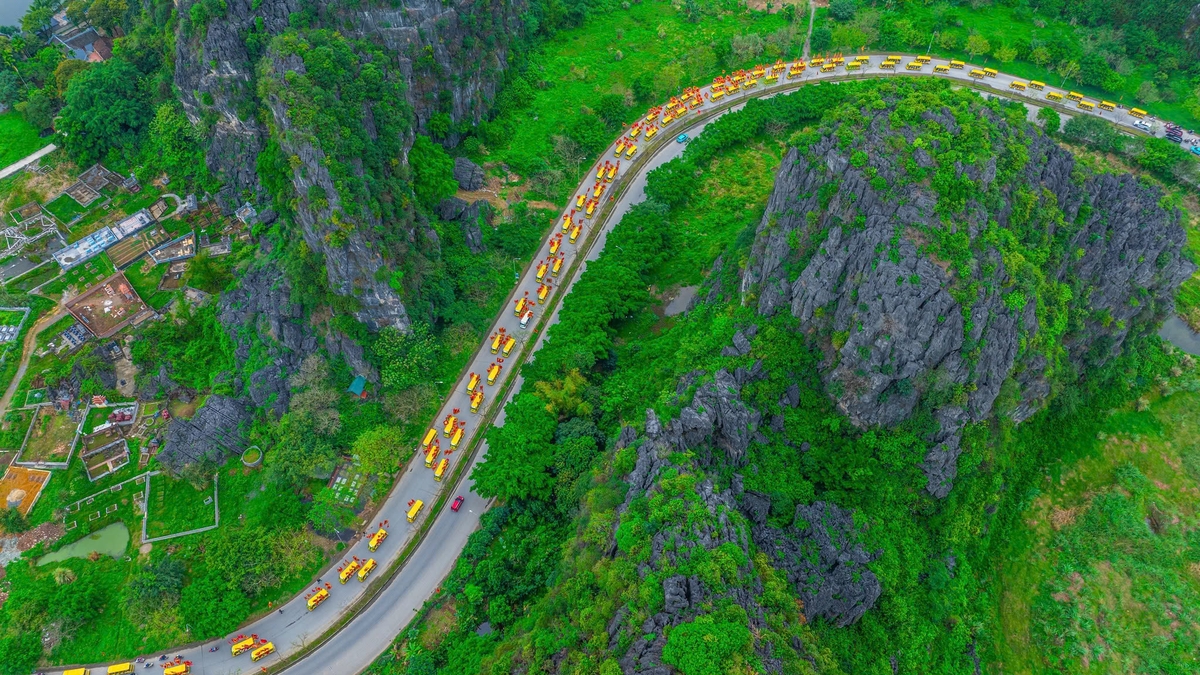











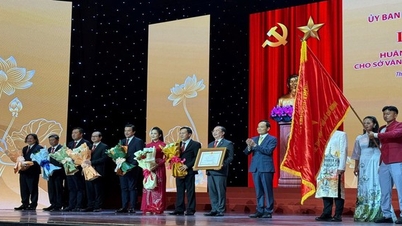
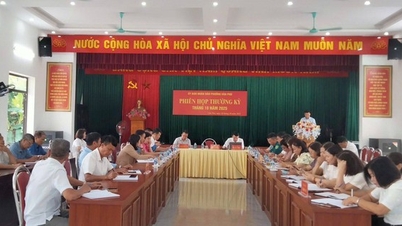

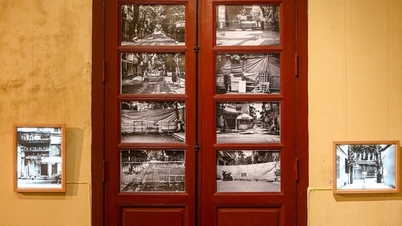


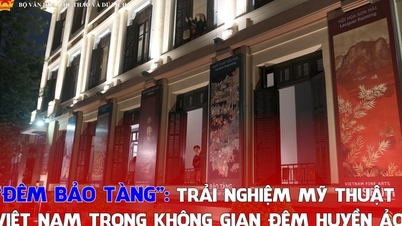








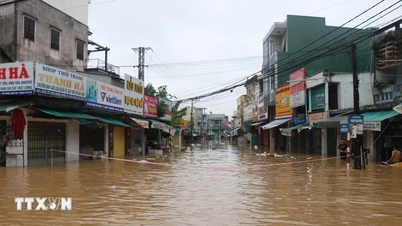
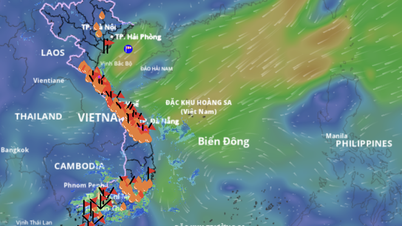



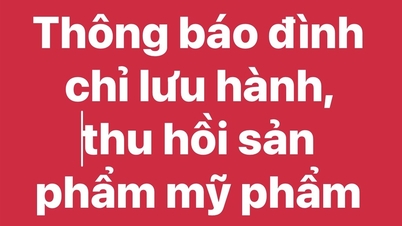













Comment (0)